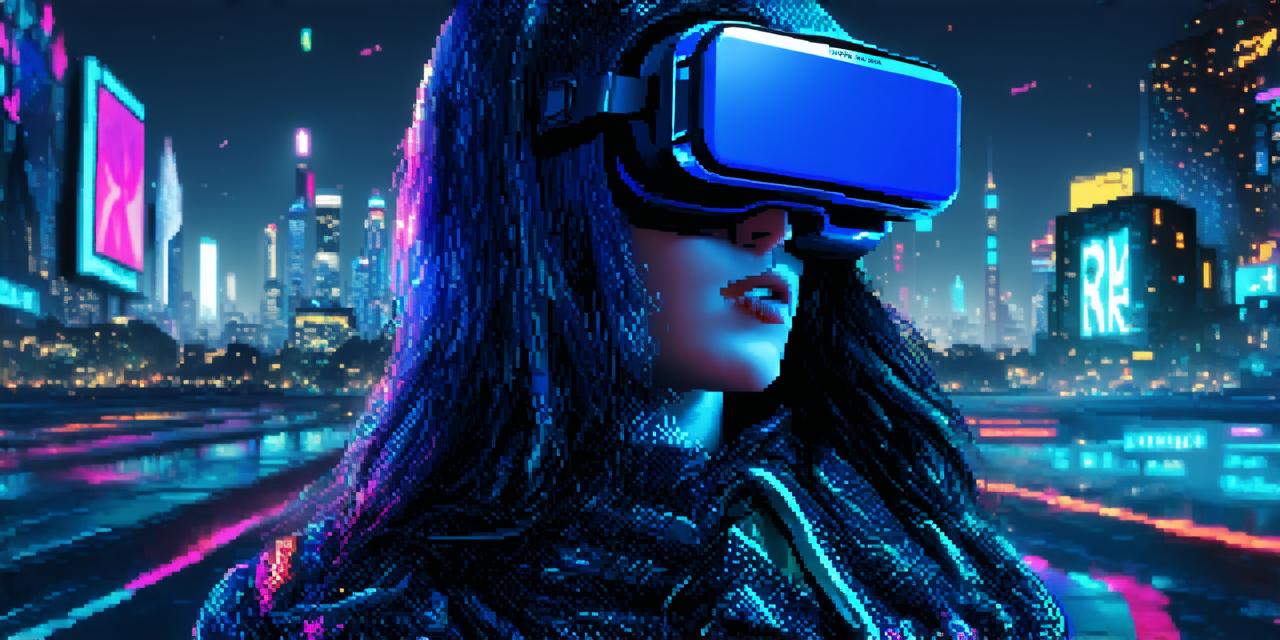Virtual reality (VR) technology is revolutionizing the way we experience and interact with the world. It offers an immersive and interactive environment that can transport users to different worlds and dimensions, providing them with a unique and unforgettable experience.
However, as VR continues to evolve, there’s one aspect of it that has caught the attention of virtual reality developers: dream vision.
What is dream vision? And how does it relate to virtual reality? These are questions that have been asked by many in the VR community, and this article aims to provide an answer. We will explore the concept of dream vision in virtual reality, its potential applications, and the challenges associated with its implementation.
What is Dream Vision?
Dream vision is a phenomenon that occurs during sleep, where the brain creates vivid and imaginative visual experiences that are beyond our everyday perception. These visual experiences can be influenced by our thoughts, emotions, and memories, resulting in an ever-changing and surreal landscape of colors, shapes, and forms.
While the exact mechanisms behind dream vision are still not fully understood, it’s believed that the brain generates these images during rapid eye movement (REM) sleep, when neural activity is high, and the boundaries between our conscious and unconscious minds blur.
The Concept of Dream Vision in Virtual Reality
Virtual reality can simulate many aspects of dream vision, offering users a way to explore and manipulate the surreal landscapes that are created during REM sleep. The use of virtual reality technology allows developers to create immersive and interactive experiences that are designed to mimic the vivid and imaginative visual experiences that occur during dream vision. By providing users with a virtual environment that is free from the constraints of our physical world, VR can offer an experience that is both unique and engaging.
Potential Applications of Dream Vision in Virtual Reality
The potential applications of dream vision in virtual reality are vast and varied. Here are some examples:
- Therapy and Mental Health: Virtual reality can be used to create a safe and controlled environment for individuals to confront their fears, anxieties, and traumas. By simulating the surreal landscapes of dreams, VR therapy can help users process and overcome these issues in a way that is both effective and non-invasive.
- Creativity and Art: Virtual reality can be used as a tool for artists to explore and express their creativity in new and innovative ways. By providing a surreal and immersive environment, VR can help users push the boundaries of their imagination and create works of art that are beyond our everyday perception.
- Education and Training: Virtual reality can be used to create immersive and interactive educational experiences that are designed to engage and inspire learners. By simulating real-world scenarios in a virtual environment, VR can help users develop new skills and gain a deeper understanding of complex concepts.
- Entertainment and Gaming: Virtual reality can be used to create immersive and engaging gaming experiences that are unlike anything we have seen before. By providing users with a surreal and interactive environment, VR games can offer an experience that is both fun and challenging.
Challenges Associated with the Implementation of Dream Vision in Virtual Reality
While the potential applications of dream vision in virtual reality are exciting, there are also challenges associated with its implementation. Here are some examples:
- Technical Limitations: Virtual reality technology is still in its early stages, and there are technical limitations that must be overcome before we can fully realize the potential of dream vision in VR. For example, current VR systems may not be able to accurately simulate the ever-changing and surreal landscapes of dreams, resulting in an experience that is less than immersive.
- User Experience: While virtual reality technology has advanced significantly in recent years, it can still be a disorienting and unsettling experience for some users. This can make it difficult to create a sense of immersion and realism that is required for dream vision to be effective.
- Cost and Accessibility: Virtual reality technology is currently expensive and may not be accessible to everyone. This can limit the potential audience for dream vision in VR and make it difficult to realize its full potential.
- Ethical Considerations: The use of virtual reality technology to simulate dream vision raises ethical considerations, particularly around the use of personal data and the potential for addiction or dependency. It’s important that developers are aware of these issues and take steps to address them as they develop VR applications that incorporate dream vision.
Summary
The concept of dream vision in virtual reality is an exciting area of research and development, with the potential to revolutionize the way we experience and interact with the world.
